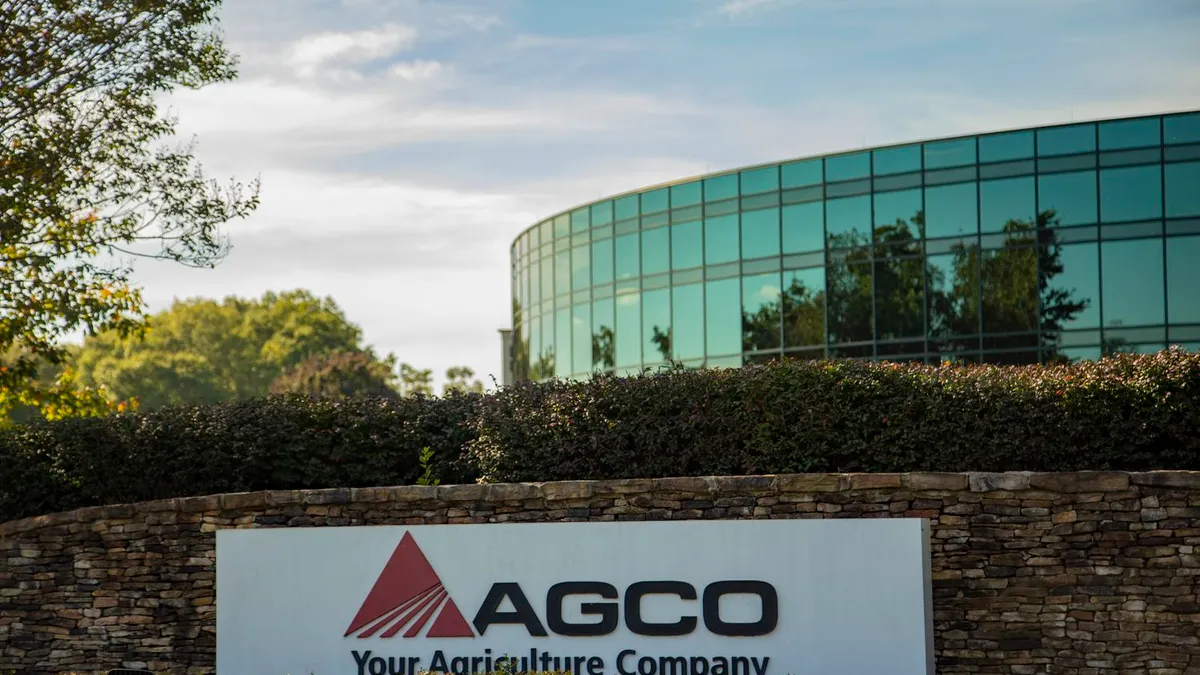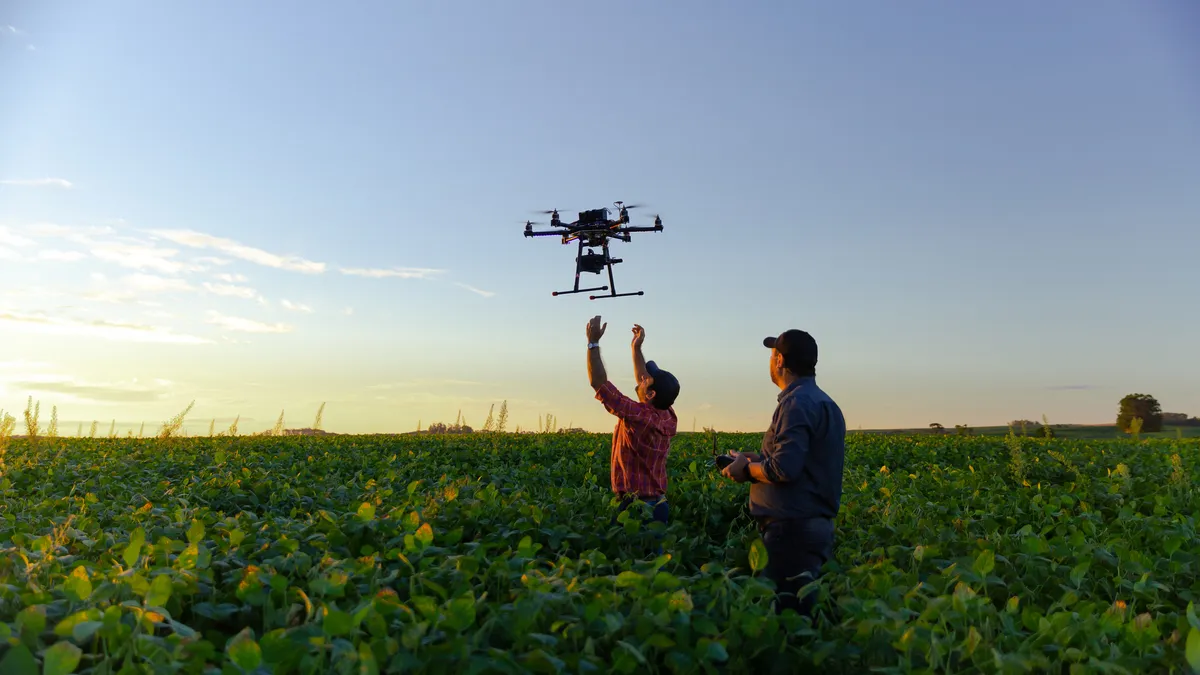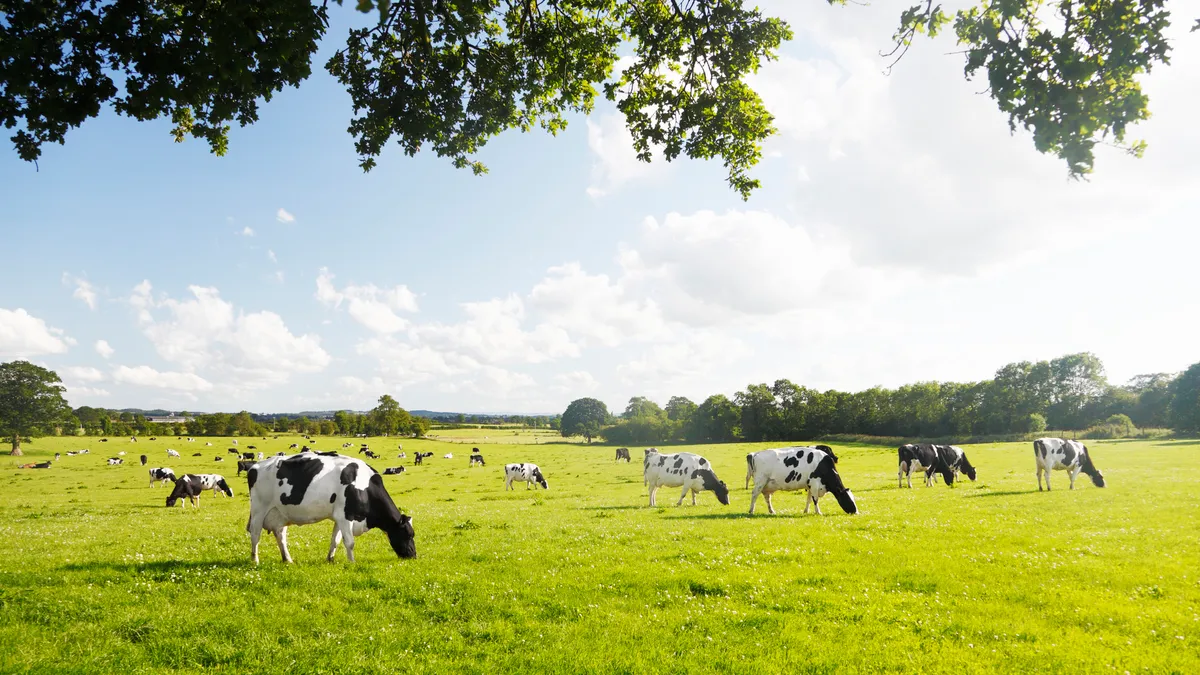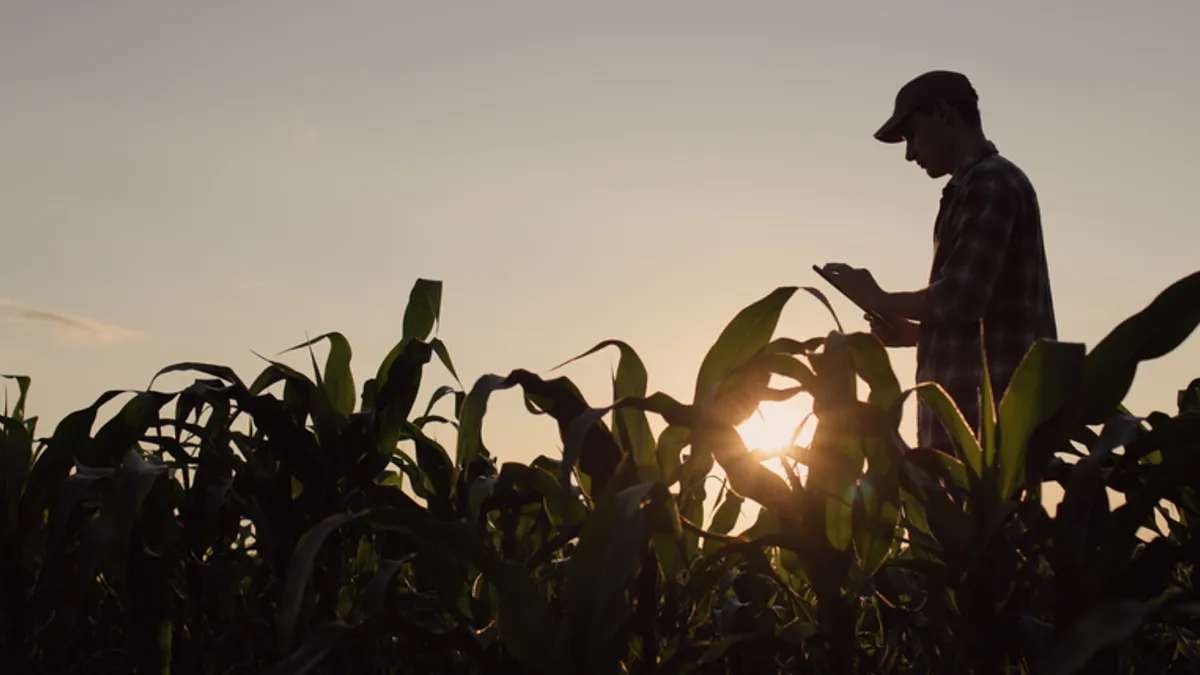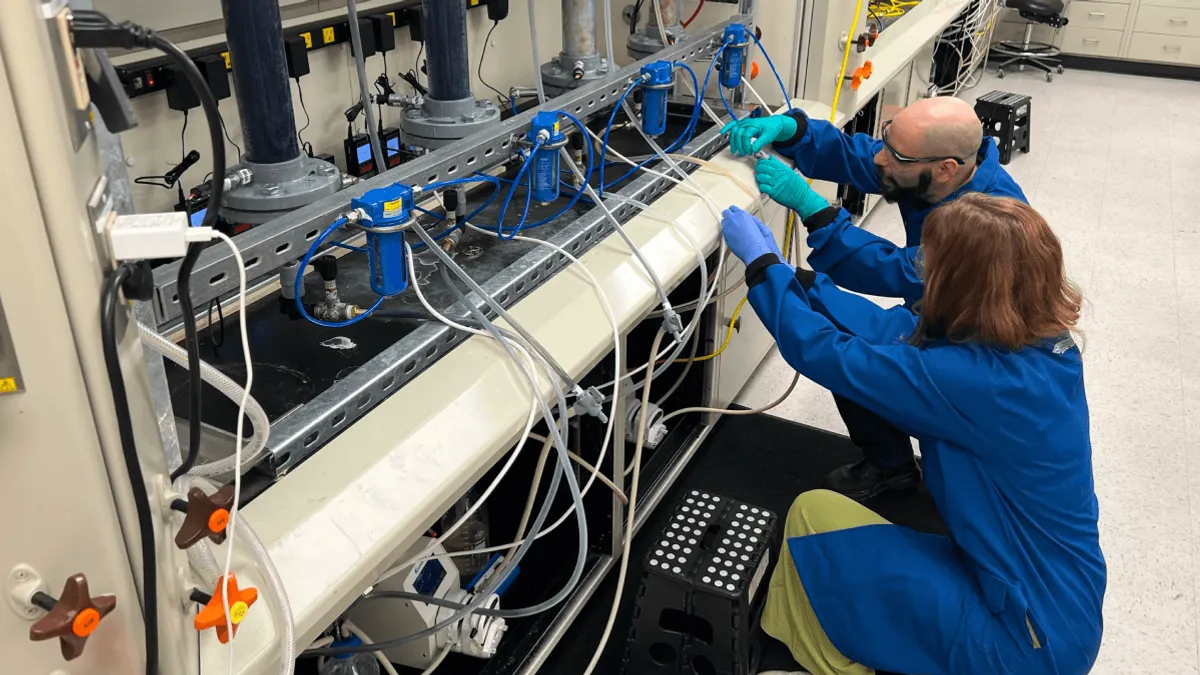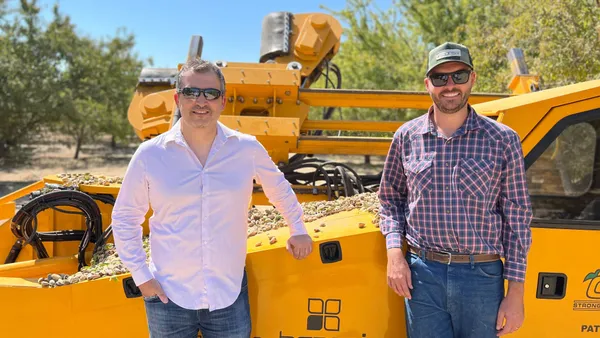For many Hawaiian farmers, agriculture is more than a profession; it is their kuleana, or responsibility. It is a practice with deep cultural roots tied to the ancient concept of aloha ʻāina—love and responsible stewardship of the land.
Despite this cultural connection to farming, agricultural production and food systems across Hawai’i have suffered from decades of commercial exploitation, climate change, economic volatility and policy failures. Historically, Hawai’i allocates less than 1% of the state budget to agriculture.
At first glance, NASA may seem like an unlikely partner in bolstering traditional farming practices. Their medium is data, not dirt; their tools are computers, not the body; they are driven by innovation rather than tradition.
But in Maui County, which reports the state’s highest prevalence of food insecurity, these extremes are meeting in the middle to repair parts of the food system in a sustainable and culturally appropriate way.
Achieving aloha ʻāina through AI
Hawai’i imports roughly 85%-90% of its food as much of its productive agricultural land is used to grow the island’s main exports of sugarcane and pineapple. Plantations began shutting down in the 1980s, and, with the last closure in 2016, much of that land remains fallow as a stark reminder of the impacts of industrial monoculture.
A dependence on mainland agricultural imports has led to supply chain vulnerabilities, high food prices and increased food insecurity, especially among low-income residents, Native Hawaiians and Pacific Islanders, who disproportionately face higher rates of food insecurity.
Hawai’i has made agricultural self-sufficiency a priority, and has embarked on a concentrated effort to increase local food production. To help, researchers from NASA Harvest, an agency consortium focused on food security and environmental resiliency, have used satellite imagery to help drive decisions about the best ways to expand agricultural production and efficiency.
Hannah Kerner—an assistant professor at Arizona State University and the AI and Machine Learning Lead for NASA Harvest and NASA Acres—was awarded a research grant in 2021 through NASA’s equity and environmental justice initiative to assist Maui County in increasing local food production.
Kerner’s objective is to create a data dashboard using satellite imagery and artificial intelligence fed by on-the-ground data. This information will allow farmers, community leaders and policymakers to monitor and analyze crop conditions across Maui County and address food insecurity based on real-time data, filling a long-term knowledge gap that government agricultural surveys have not adequately addressed.
“There’s a need at the basic level to be able to monitor how much food and where food is being grown in the county,” Kerner said. To achieve this, Kerner’s team created crop-type maps, or high-resolution spatial maps specific to each crop type.
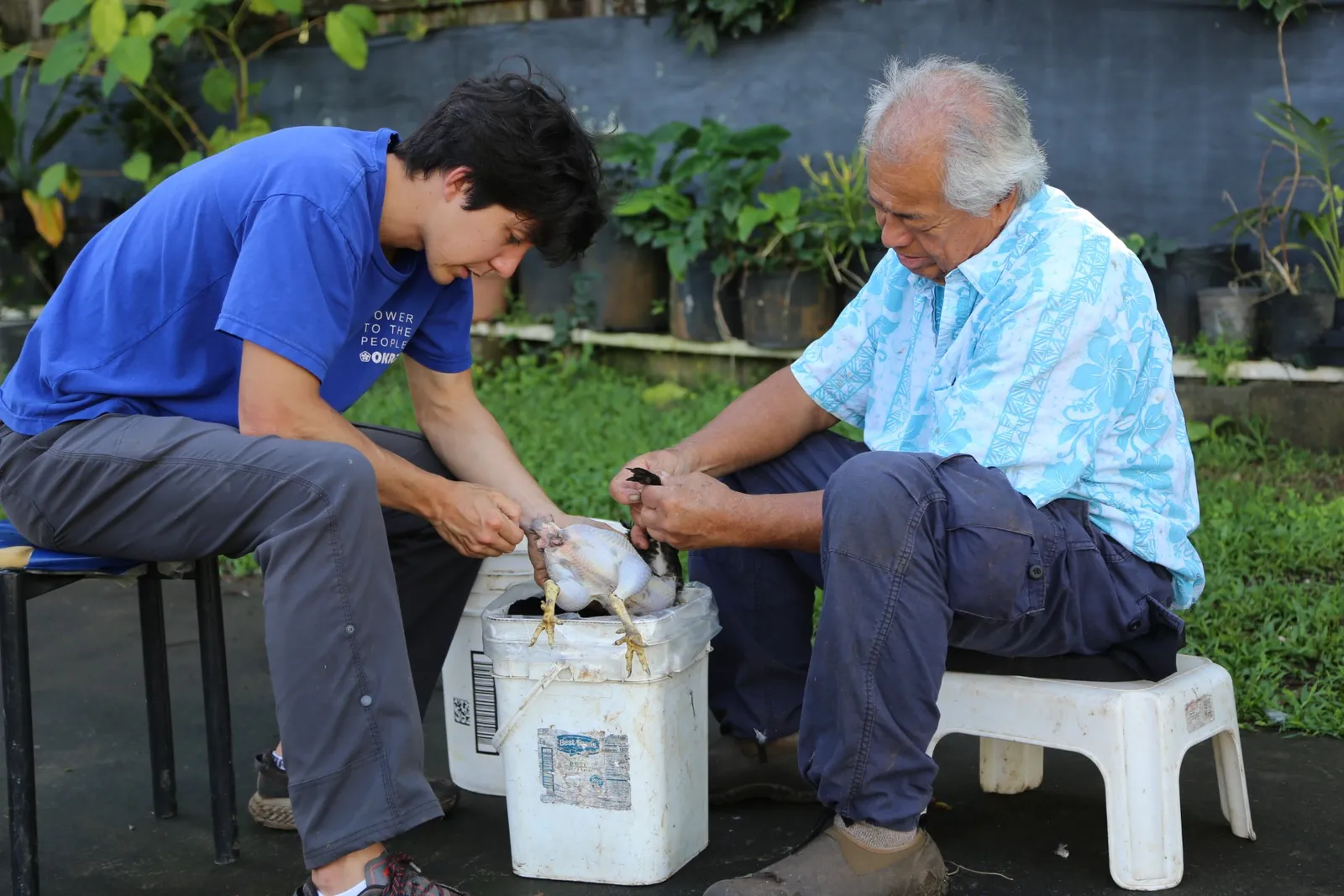
While collecting satellite imagery from above, Kerner’s team also worked with the University of Hawai’i Maui College to collect ground truth, or information known to be true and accurate via measurement and direct observation, by surveying agricultural land and interviewing farmers. Through machine learning, this data is used to train models to predict gaps in the local food supply and issues with access.
The vast majority of Hawai’i’s 7,300 farms, small in scale and often located on sloped or rocky terrain, do not utilize large machines to cultivate the land as is characteristic of large commercial operations on the mainland, relying instead on a workforce. As a result, labor is often expensive and less productive.
Most active small-scale farms across Hawai’i have annual sales below $10,000, according to a 2021 report by the Economic Research Organization at the University of Hawai’i.
Over time, NASA’s data can be used to identify areas to which to expand agricultural production, regions where and reasons why crops are not thriving, which types of diversified crops could be planted and the impact of invasive species like guinea grass on fallowed farms, which contributed to the devastation of the August 2023 wildfires in Maui.
It could also help farmers find the most economically viable methods of farming in places like Maui, where the cost of land and labor are exorbitant, said Nicholas Winfrey, president and chief professional officer of Maui United Way.
“There is a deep tie to the āina here, the land, and being able to farm and utilize that land sustainably and to provide food is very interwoven into the community,” he said. “Everyone wants to do it, everyone feels connected to do it. However, that business model isn't always sustainable.”
Community buy-in powers the science in Maui
Food security exists when every person in a community has reliable physical and financial access to nutritious food. Food sovereignty, however, emphasizes culturally, ecologically and economically appropriate production and distribution of food in addition to access.
To help achieve true food sovereignty, NASA researchers prioritized trust-building, cultural understanding and a demonstrated commitment to ensuring the project's success.
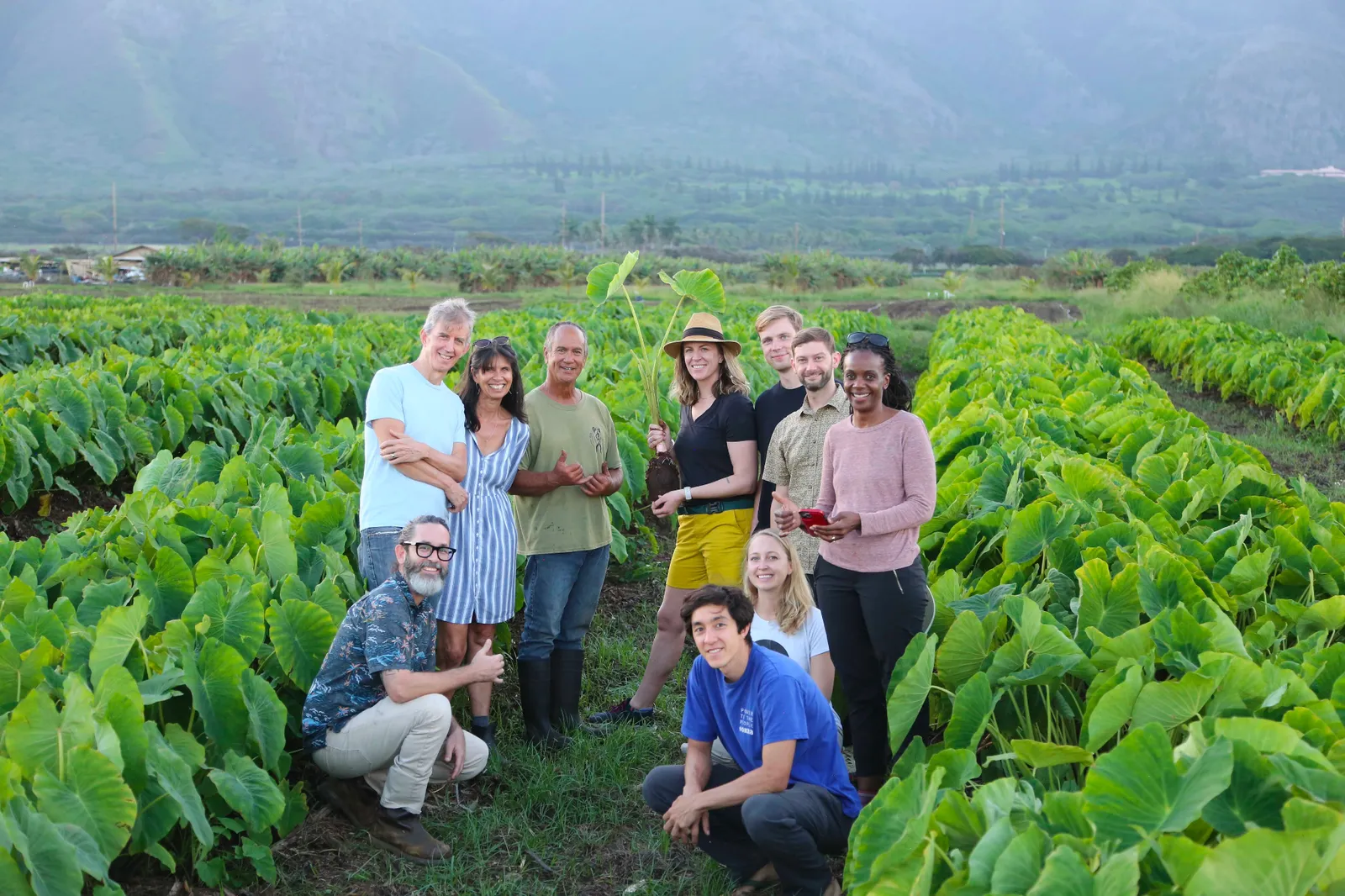
“People in Maui are, I think, rightfully very sensitive about people coming from the outside, especially indigenous communities,” Kerner said.
The first crop type map Kerner’s team created for Maui farmers tracks the growth of taro — a nutrient-dense and culturally venerated staple crop. The dashboard has also been used beyond just agriculture. Following the August 2023 wildfires, NASA mapped out burned areas to help community organizers distribute aid as quickly as possible.
The tool allowed the Maui United Way to distribute $7.5 million in disaster relief to impacted residents within just two months of the Lahaina fire, according to Winfrey.
“We're building out an automated system with that tool so when these disasters happen again … the United Way or others can actually work on getting direct assistance out to those impacted individuals even faster,” Winfrey said.
Kerner expects to wrap up the first phase of the Maui food security dashboard within the next six months. For the next five years, her team’s work in Maui will be funded by NASA Acres, a new consortium launched in March 2023 focused on U.S. agriculture and food security led by the University of Maryland. NASA Acres is a sister program to NASA Harvest, a global food security and agriculture program.
“I think we're trying to help cultivate this network of people who locally have the tools and expertise to respond to issues that the community is facing,” Kerner said. “That's food security largely, but then it's fires, and it's also invasive species and flooding and development. There are so many things.”








